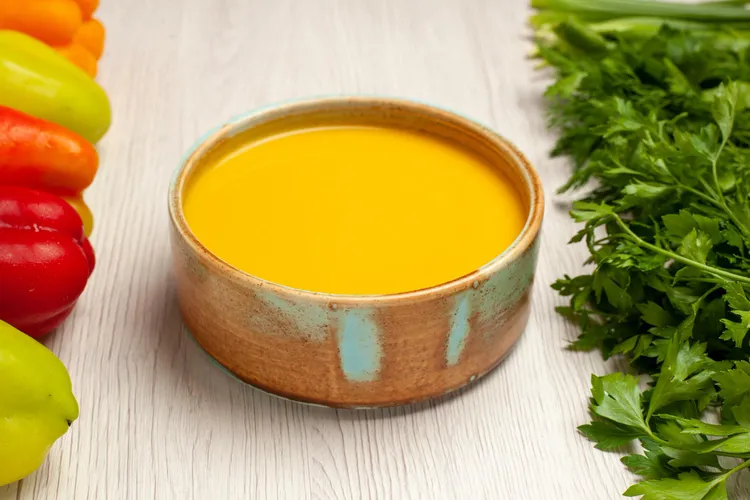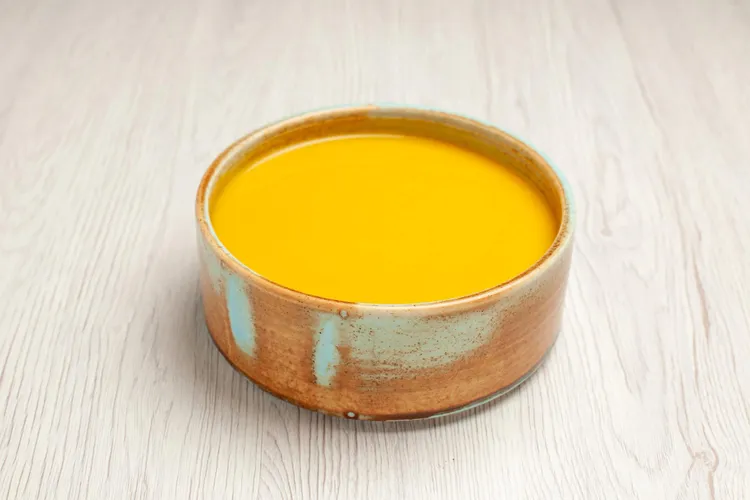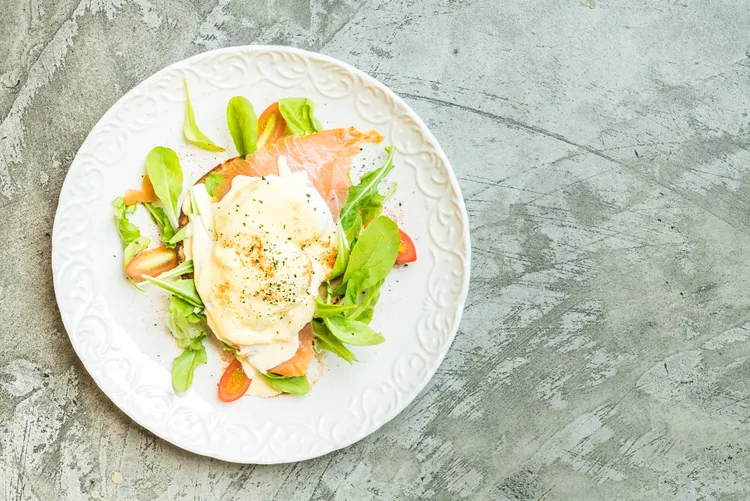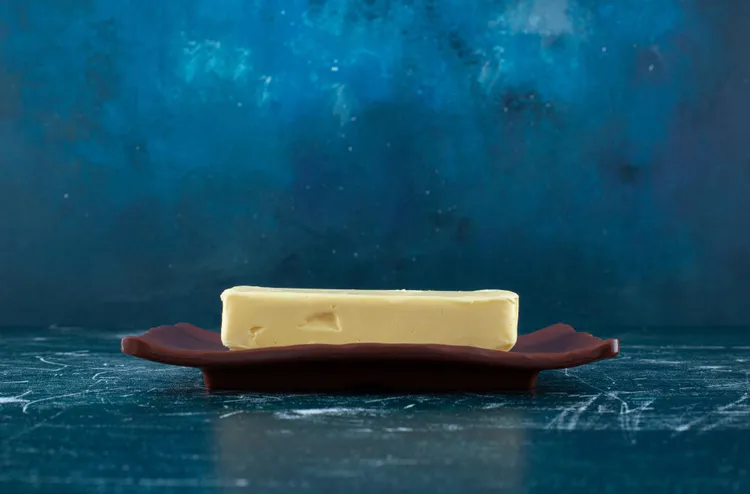How to Season Food Properly: Salt, Acids, Heat & Timing
Seasoning is not a single action. It is an evolving process shaped by chemistry, heat transfer, ingredient behavior, and sensory perception. Professional cooks don’t season by rote - they season dynamically, responding to texture, temperature, pH, and aromatic development in real time. We’ll go far beyond “add a pinch of salt” and dive into why things work, not just how.

Seasoning is the quiet superpower behind memorable food. It’s not just sprinkling salt or adding pepper out of habit - it’s an art of balancing flavor, texture, aroma, and emotion. Think of seasoning as the language your food speaks, and salt, acids, heat, and timing are its vocabulary.
Grab a cup of something cozy - let’s get into it!
Salt: The Foundation of All Flavor
Salt is the essential seasoning. It enhances sweetness, tames bitterness, strengthens aromas, and makes food taste more like itself. When people say a dish tastes “flat,” 95% of the time - it just needs salt.
Why Salt Matters
Amplifies flavors (even in sweet foods!)
Helps retain moisture in meats and vegetables
Changes texture (like drawing water out of eggplant)
Balances bitterness (think grapefruit with a pinch of salt)
What Type of Salt to Use
Kosher salt
Your best everyday cooking salt. Light, flaky, easy to control, and dissolves beautifully.
Sea salt
Use it for finishing - its crunch and clean flavor add texture and elegance.
Table salt
Fine but very salty by volume. Good in baking, but use cautiously elsewhere.
How to Salt Properly
Salt Early
Proteins and vegetables benefit when salt has time to penetrate:
Salt chicken or steak at least 40 minutes before cooking (or overnight).
Salt sliced veggies before sautéing to help them release extra moisture.
Salt From Above
Sprinkling salt 8-12 inches from the food distributes it evenly.
Plus, it just feels chef-y.
Taste As You Go
Add a little… taste. Adjust. This is the rhythm of good cooking.
Finish With Salt for Texture
A tiny pinch of flaky salt at the end adds sparkle and crunch. Use on:
Roasted veggies
Chocolate chip cookies
Steaks
Avocado toast
Soup (yes - just a pinch!)
Acids: The Brightening Agents
Acids are the secret to turning “good” into “wow.” They lighten, brighten, sharpen, and refresh flavors.
Common acids include:
Vinegars (balsamic, rice, red wine, apple cider, sherry)
Citrus juices (lemon, lime, orange, grapefruit)
Fermented foods (yogurt, kimchi, buttermilk)
Wine and tomatoes (natural acidity)
What Acids Do in Your Food
They:
Cut through richness
Balance saltiness
Make flavors pop
Add complexity
When and How to Use Acid
Add Acid at the End for Brightness
Taste your dish. If it feels heavy, dull, or murky, try:
A squeeze of fresh lemon
A splash of vinegar
A spoon of yogurt
You’ll be amazed how flavors come alive.
Use Acid in Marinades
Acids help tenderize tough cuts and add depth. Great for:
Chicken
Pork
Tofu
Veggies
Pair Acids with Salt
This duo is magic.
Salt strengthens flavors.
Acid sharpens and lifts them.
Together? Harmony.
Heat: Not Just Temperature - Technique
Heat changes everything - flavor, texture, color, and aroma. To season food properly, you need to understand how heat complements your salt and acid.
Different Kinds of Heat & Their Effects
High Heat
Creates:
Caramelization
Crispiness
Deep savory notes
Think: searing steak, roasting veggies, stir-frying.
Great when you want bold flavor.
Low and Slow Heat
Creates:
Tenderness
Richness
Deeply developed flavors
Think: braises, soups, stews.
Dry Heat vs. Moist Heat
Dry heat (grilling, roasting, pan-searing) enhances natural flavors.
Moist heat (steaming, poaching) keeps things delicate.
How Heat Influences Seasoning
Salt dissolves differently depending on temperature.
Acids mellow when heated.
Aromatics change flavor completely once sautéed.
Spices bloom when added to hot oil.
“Blooming” Spices
This is HUGE. To unlock the full flavor of spices, warm them in fat before adding other ingredients.
Try it when making:
Curry
Chili
Soups
Pasta sauces
You'll instantly smell the glow-up.
Timing: The Often-Forgotten Power Player
Even the best ingredients fall flat if added at the wrong time. Timing is everything in seasoning.
Season Early, Middle, and Late
Early
Helps ingredients absorb flavor (meats, veg, grains).
Middle
Adjusting seasoning as flavors develop ensures balance.
Late
Adds freshness, brightness, and finishing textures.
Which Ingredients Need When?
Salt
Early for meats/veg
During cooking for soups/sauces
Late for crunchy finishing salt
Acid
Usually added at the end
Add earlier only if you want it to mellow
Fresh Herbs
Add delicate ones (parsley, cilantro, basil) at the very end
Add hardy ones (thyme, rosemary, sage) early so they can infuse
Spices
Ground spices → bloom early
Whole spices → toast early or simmer long
Garlic
Early = mellow and sweet
Late = sharp and spicy
Practical Seasoning Framework (Use This Every Time You Cook!)
Here’s a simple flow to follow:
1. Start With Salt
Season ingredients early enough so the salt can work its magic.
2. Layer Flavors
As you sauté, simmer, roast, or grill - keep tasting and adjusting.
3. Add Acid Toward the End
This brings everything back to life.
4. Adjust Heat Techniques
If something isn't flavorful enough, consider:
Higher heat for caramelization
Lower heat for tenderness
Blooming spices
Adding fat for richness
5. Finish With Intention
Add:
Fresh herbs
Citrus
Flaky salt
Olive oil
Vinegar
These finishing touches complete the dish.
Practical Applications: How Experts Season Real Dishes
6.1 Proteins
Salt at least 12 hours in advance
Pat dry to maximize browning
Finish with acid (but never too early - acid toughens uncooked protein fibers)
6.2 Soups & Stews
Season lightly at the start
Adjust salinity after reduction
Add acid only at the end (vinegar, lemon, wine)
6.3 Vegetables
Salt before roasting for water extraction
Use high heat to concentrate sugars
Finish with bright acid to counter caramelization
6.4 Pasta & Grains
Cook in heavily salted water (2% salinity ideally)
Under-salt sauces so final combination balances perfectly
Finish with acid, butter, or parmesan for emulsification
Professional Tasting Method: The Sensory Pyramid
When tasting for seasoning, evaluate in this order:
Salinity - Is the flavor flat or sharp?
Acidity - Does it need lift?
Fat - Could roundness improve mouthfeel?
Umami - Would depth help?
Aromatics - Are the highs bright enough?
Texture - Does salt or acid alter structure?
Aftertaste - Does anything linger unpleasantly?
This method mirrors how top chefs assess a dish before finishing.
Seasoning Is a Dialogue, Not a Formula
Seasoning isn’t a set of rules - it’s a conversation with your food.
The more you cook, the better your instincts become. Trust your palate. Taste as you go. Don’t rush. Let your ingredients talk to you.
With salt to anchor, acid to brighten, heat to transform, and timing to guide everything… you can create meals that feel alive, joyful, and deeply satisfying.









